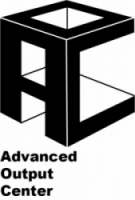| Minimum Supported Wall Thickness: 400 microns |
| A supported wall is one that is connected to other walls on two or more sides. A supported wall smaller than 400 microns may warp during the peel process.The recommended minimum supported wall thickness is 400microns (0.4mm). Walls under that may peel, break or cause other irregularities while printing. |  |
| Minimum Unsupported Wall Thickness: 600 microns |
| An unsupported wall is one that is connected to other walls on fewer than two sides. An unsupported wall that is smaller than 600 microns may warp or detach from the model during printing. |  |
| Maximum Unsupported Overhang Length: 1000 Microns |
| An overhang refers to a part of the model that sticks out horizontally parallel to the build platform. Printing such features without supports is discouraged, as the layers cannot maintain their structure. Horizontal overhangs will be slightly deformed beyond 1000 microns and become increasingly deformed as the length of the overhang increases. |  |
| Minimum Unsupported Overhang Angle: 19° from Level |
| The overhang angle refers to the angle from horizontal that the overhang sticks out. Printing at an angle less than 19° could cause the overhang to break off the model during the peel process. Rotate your part so flat surfaces can be held up by supports if they are not already self-supporting. | 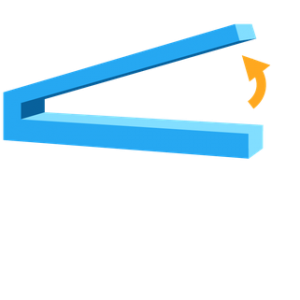 |
| Maximum Horizontal Support Span/Bridge: 21 mm |
| A span is the distance between two intermediate supports of a structure. While printing horizontal spans is discouraged, certain geometries print well. For a 5 mm wide and 3 mm thick beam, spans longer than 21 mm are likely to fail. Wider beams must be kept shorter to avoid breaking during the peeling process. | 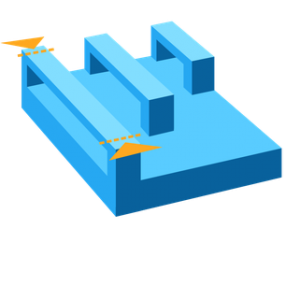 |
| Minimum Vertical-Wire Diameter: 300 microns (7 mm tall) to 1500 microns (30 mm tall) |
| A wire is a feature whose length is greater than two times its width. The ratio is key to printing wires; at 300 micron thickness you can print up to 7 mm tall before you start to see waving. 1500 micron wires can get up to 30 mm tall without defects. |  |
| Minimum Embossed Detail: 100 Microns |
| Embossed details are shallow raised features on your model, such as text. Details smaller than 100 microns in thickness and in height may not be visible on your print. |  |
| Minimum Engraved Detail: 400 Microns |
| Engraved details are imprinted or recessed features on your model. Details recessed less than 400 microns in thickness and in height may not be visible because they will be fused with the rest of the model during the print process. | 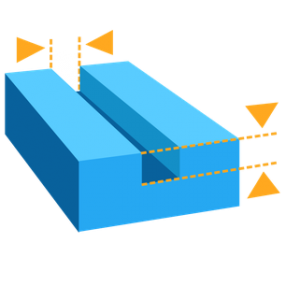 |
| Minimum Clearance: 500 Microns |
| Clearance is the amount of distance needed between two moving parts of a model (e.g., the distance between gears or joints). A clearance of less than 500 microns may cause parts to fuse. |  |
| Minimum Hole Diameter: 500 Microns |
| Holes with a diameter less than 500 microns in the x, y, and z axes may close off during printing. | 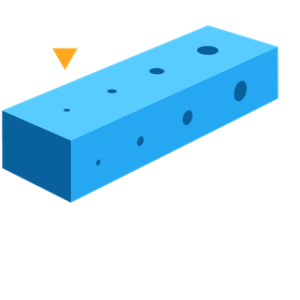 |
| Minimum Drain Hole Diameter: 3.5 mm Diameter |
| Drain holes are recommended for resin to escape in models that are a fully enclosed cavity (like a hollow sphere or hollow cylinder printed directly on the build platform). Without drain holes of at least 3.5 mm in diameter, the part may trap resin or air and lead to a cupping blowout failure. | 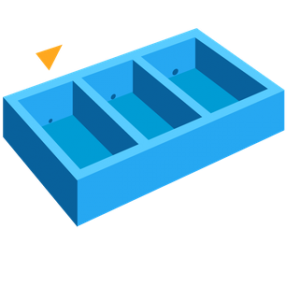 |











